
An effective SEO plan begins with successful SEO forecasting. Did you know that when you do keyword research, you're also trying to forecast the organic traffic the selected keywords would bring to your website?
Accurate SEO forecasting keeps you one step ahead of your campaign goals because you can get a good idea of your site's future traffic.
This SEO forecasting guide will teach you how to forecast organic traffic using several effective techniques.
What is SEO Forecasting?
SEO forecasting uses data-backed techniques to predict the future organic performance of a website. This process includes looking at past and present rankings, keywords, Click-Through Rates, and other data to figure out how many people will visit a website over a specific time frame.
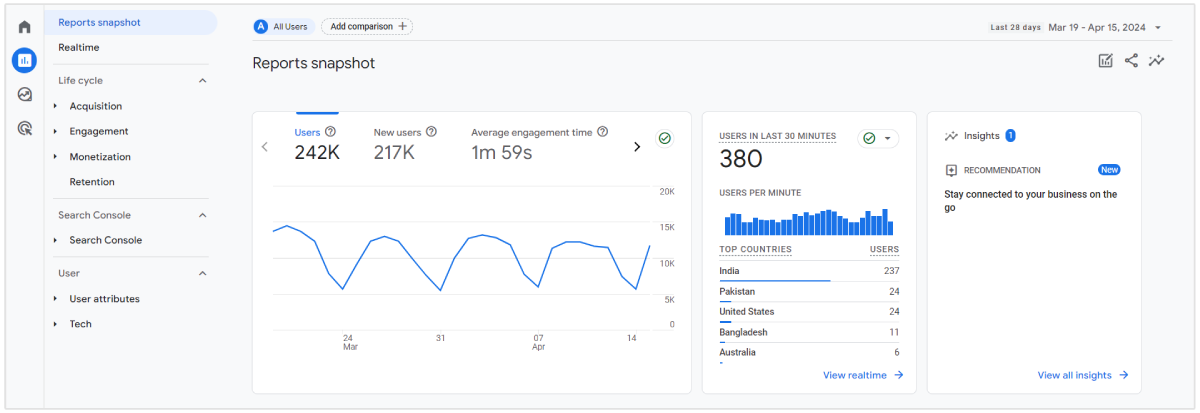
Accurate forecasting of organic traffic also helps predict how many conversions a website might get when it attracts a particular number of visits. Strategic SEO forecasting aids in enhancing decision-making and allocating resources efficiently to amplify website traffic.
Why is SEO Forecasting Important?
Forecasting the performance of your organic marketing strategy is important for the following reasons:
Helps You Set Realistic SEO Goals
Forecasting helps set achievable targets based on past website performance and expected search trends.
Analyzing previous rankings and traffic patterns while pinpointing current trends provides valuable insights into future traffic projections for your website. Forecasting keyword performance helps you to strategically plan your SEO campaigns.
By considering external factors like algorithm updates and industry trends, you can set achievable milestones that will contribute to long-term success.
Gives You a Competitive Advantage
SEO is a game of analysis. The more you analyze and adapt, the bigger are your wins. By accurately forecasting keyword performance and trends, you can identify untapped low-competition keyword opportunities in your niche.
With this data, you can target keywords that your competitors may have overlooked or undervalued, enabling you to capture traffic and visibility that they may be missing out on.
Furthermore, by monitoring your competitors' organic search strategies, you can observe their chosen keywords, enabling you to pinpoint content gaps where you can surpass them and achieve a distinct competitive edge.
Lets You Plan Your Content Creation, Link Building, and Website Improvement Efforts
Predicting your SEO success helps you understand which search terms will attract the most organic visitors to your website. This allows you to concentrate on creating people-first content that is more likely to get ranked at the top of organic search results.
Forecasting also lets you know how many new content pieces you need to publish on your site each month to match your targets. It also tells you which content attracts the most links because you already have the competitor data.
For instance, let's imagine that you've got a website about how to grow succulents. By analyzing your competitor's backlink profile, you get a data-backed view of which of their content pages are getting the most backlinks, and you can then forecast more or less how many links you need to compete.

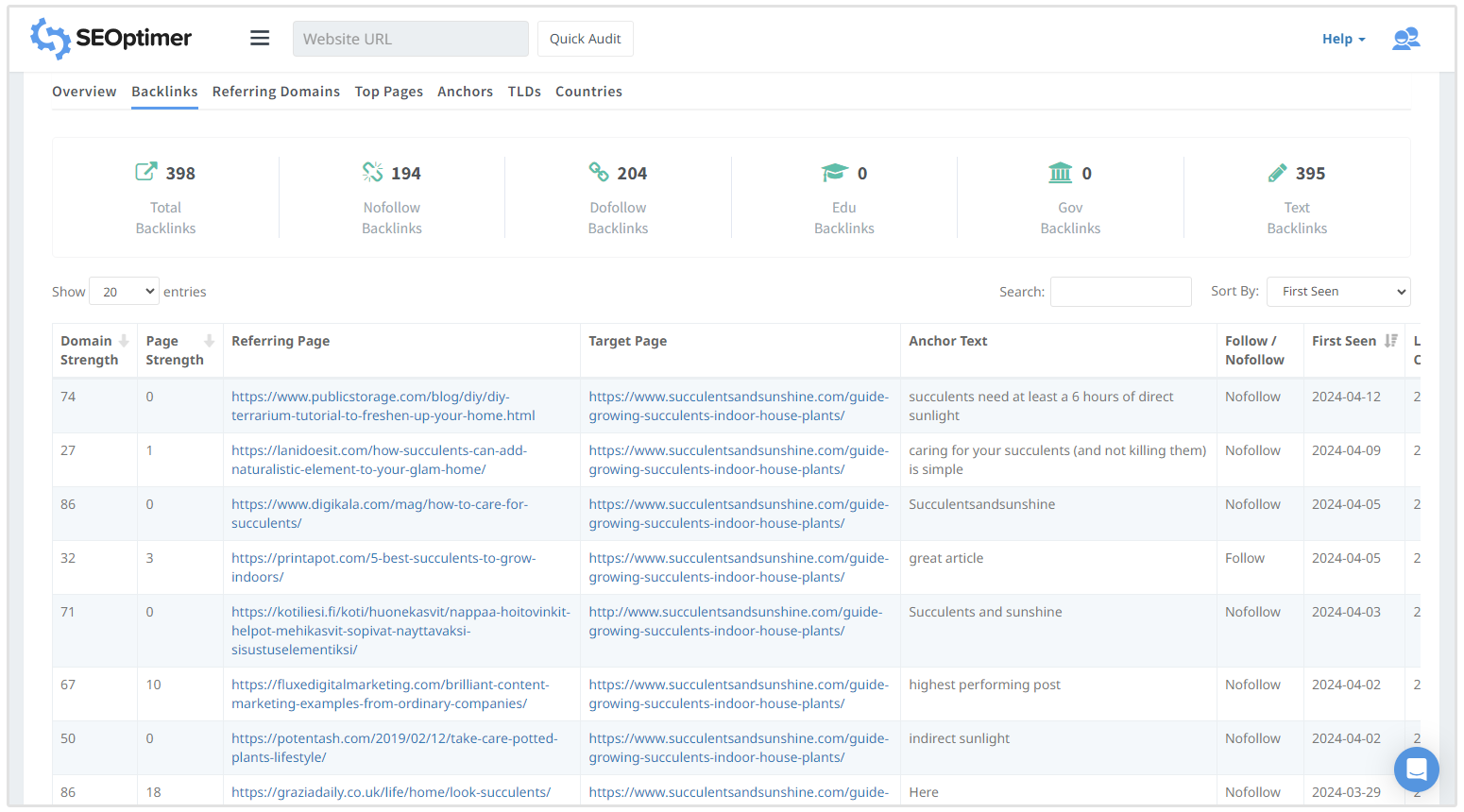
Helps to Adjust Your SEO Efforts
SEO is something you work on over time. Forecasting helps you understand how effective your plan is.
If it's not working well, you can adjust things based on the forecast, such as improving your content or Core Web Vitals and UX.
Ranking higher in search engine rankings attracts more organic visitors to your site without spending money on advertisements.
Provides Insights into Potential Returns on SEO Investments
Forecasting helps you estimate the return on your SEO investment. It anticipates the outcomes of various tactics, such as enhancing particular keywords, running a content marketing campaign, or enhancing your website.
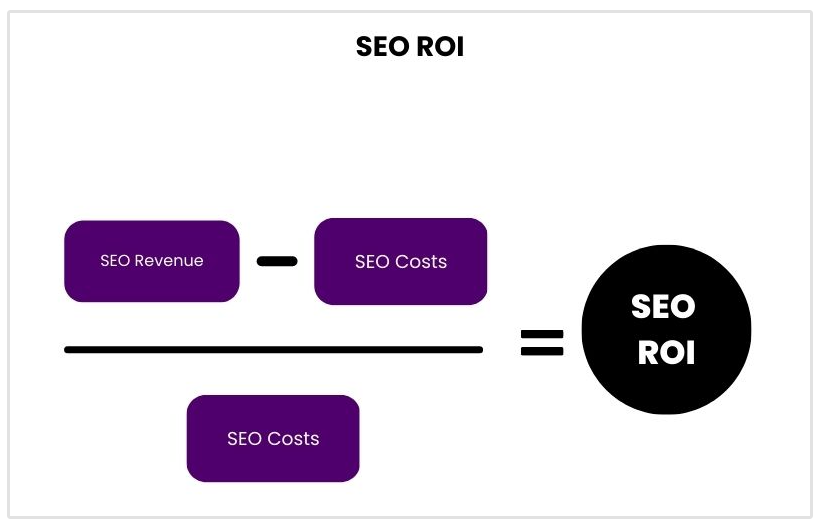
Comprehending these forecasts helps you determine where to allocate your resources. You can concentrate on the activities that are expected to yield the best results in the long term, ultimately enhancing your business.
Offers Effective Performance Measurement
By comparing forecasted outcomes with actual performance metrics, businesses gain valuable insights into their efforts' impact and can make informed decisions about future actions.
Forecasting sets expectations for SEO performance based on historical data, market trends, and assumptions about future conditions. These forecasts provide a reference point against which actual results can be measured.
If your actual outcomes match closely with the forecasts, your data-backed SEO strategies have worked to reach your desired targets.
Similarly, significant variations between forecasted and actual numbers will locate areas that require further optimization and a second review.
Why is SEO Forecasting so Difficult?
SEO forecasting is challenging due to several factors:
Algorithm Complexity
Search algorithms are incredibly complex, constantly evolving, and comprise numerous sub-algorithms, each serving a specific purpose.
Search engines like Google update their algorithms, making it difficult to predict how changes will impact website rankings.
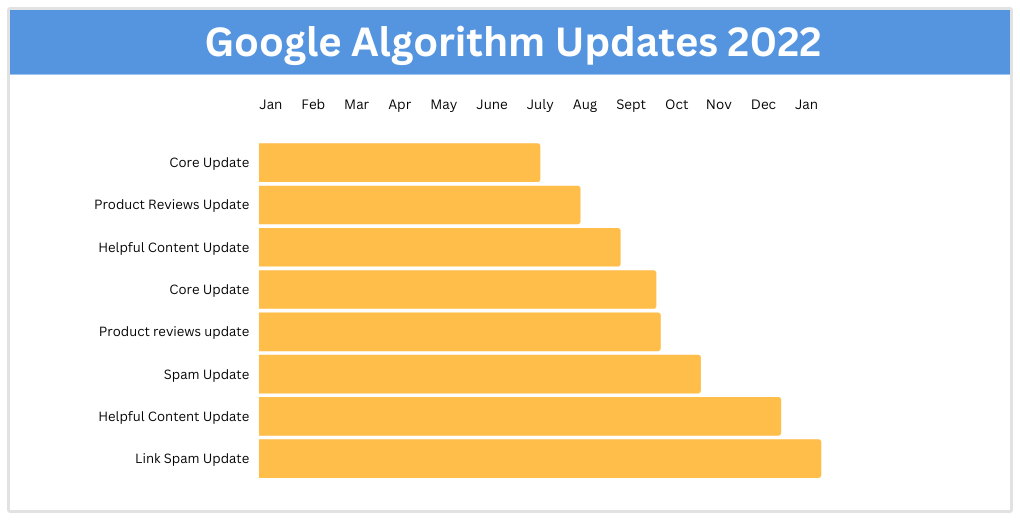
Data Variability
Proper forecasting relies on multiple data channels, like website analytics and keyword insights. Different analytics tools might predict different data, so there might be differences in the final numbers.
As a result, a number of tools should be used obtain more concrete data.
Competitive Landscape
Organic search projection is partly based on your current organic competition. So if your competitors change their current strategy, your SEO forecasting might need adjustments in the long run.
Because of this, regular forecasting is required based on the ongoing competitors' strategies and actions changes.
User Behavior
Search engines adapt to changing user behaviors. For some keywords, the search volumes might change over time because of changing user behaviors, which can significantly affect the SEO projection data.
Some keywords lose their search volume due to changing trends and search behavior, which might cause declines in keyword data. Predicting how users will search and engage with content is highly uncertain.
External Factors
Economic conditions, industry trends, and regulatory changes hugely impact SEO trend analysis. These external organic traffic prediction factors are beyond the control of website owners and hinder accurate search engine traffic forecasts.
Long-Term Trends
SEO takes a while to pay off, and forecasting means guessing what will happen in the long run. This is a real challenge seeing as the ranking algorithm changes on a regular basis, and this constant updating can mess up your predictions.
Additionally, shifts in search behavior, such as the rise of voice search and mobile browsing, further complicate forecasting efforts.
Is it Possible to Forecast SEO Growth?
Yes, you can predict the future organic performance of your domain. While SEO forecasting has its own challenges, accurate predictions about SEO performance can be made with careful analysis, experience, and the right tools.
How to Forecast SEO Growth
There are several ways to forecast your SEO growth, as explained below:
Forecasting SEO Growth Using Historical Data
One of the simplest ways to forecast SEO traffic is to use existing data about your website’s past performance.
1. Collect Past Organic Traffic Data
Look into Google Analytics and Search Console to gather data on your website's organic traffic for the past 12-24 months.
This information is in the "Acquisition" section of Google Analytics and the "Performance" report in Search Console.
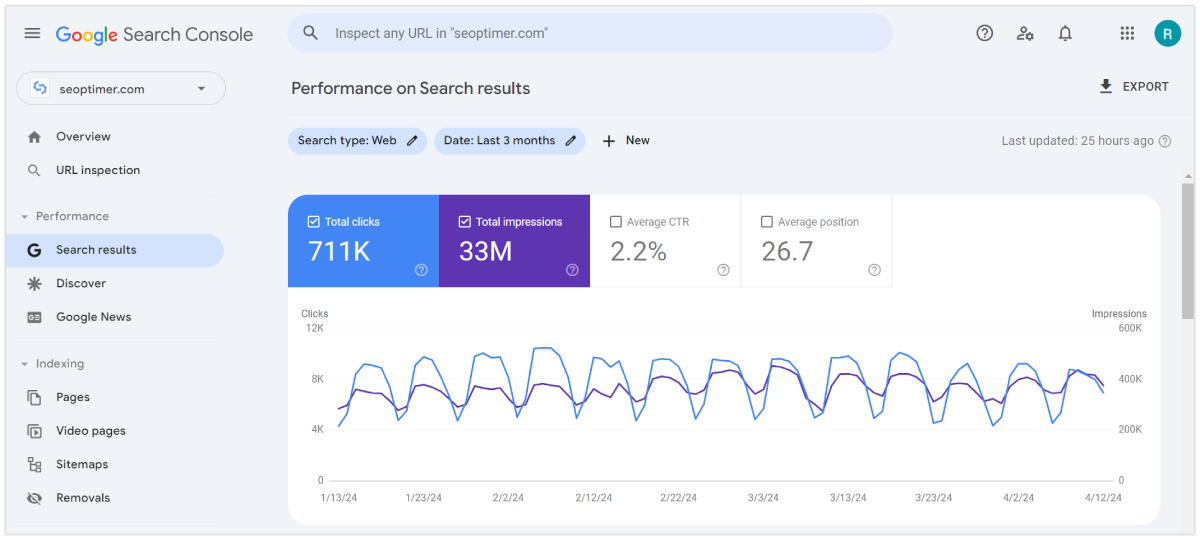
2. Prepare a Tabular Summary
Create a table summarizing the monthly organic traffic for the past 12-24 months. The table should include columns for each month and rows for the respective year.
Additionally, calculate the percentage increase or decrease in traffic from each month to the next.
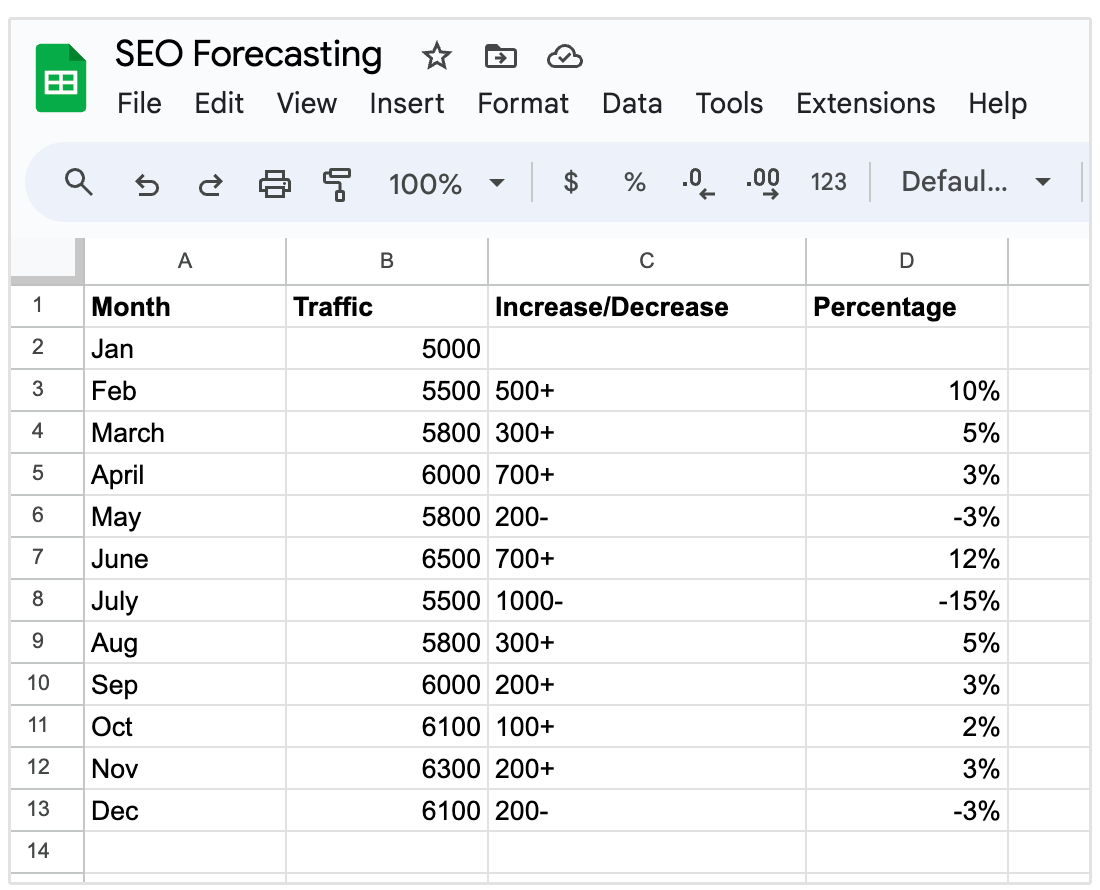
3. Calculate the Average Traffic Increment
Find the average percentage increase in organic traffic over the past few years. To do this, sum up all the percentage changes and divide by the total number of months.
Average Traffic Increment = (Σ % Change) / (Number of Months) = (10% + 5% + ...) / (Total Number of Months)
4. Forecast Future Organic Traffic
Once you have calculated the average traffic increment, you can use it to forecast future organic traffic growth.
Simply increase your organic traffic by applying the average percentage increase to estimate future performance.
For example, suppose the average traffic increment over the past few years is 7%, and your current organic traffic is 7000 monthly visits. In that case, you can calculate next month's organic traffic using the formula:
Estimated Organic Traffic (Next Month) = Current Organic Traffic * (1 + Average Traffic Increment) = 7000 * (1 + 0.07) = 7490 visits
Forecasting SEO Growth Using Keywords
Another commonly used SEO forecasting method is using keywords to predict future organic traffic growth. Under this method, you prepare a mix of niche-specific keywords and look at their search volume.
Here's how you can forecast SEO traffic using this technique:
1. Calculate Organic Traffic
Multiply the monthly search volume by the CTR to determine the potential organic traffic. The formula is:
Organic Traffic = Monthly Search Volume × CTR
For example, if a keyword has a monthly search volume of 100 and a 20% CTR, the organic traffic estimate would be:
Organic Traffic = 100 × 20% = 20 monthly organic traffic
2. Keyword Ranking Analysis
To forecast potential traffic from multiple keywords, compile a list of target keywords and their corresponding MSV (Monthly Search Volume) and CTR (Click-Through Rate). Gather CTR data for keywords ranking from 1 to 20 in search engine results pages (SERPs).
You can easily find the monthly search volume data using the SEOptimer keyword research tool.
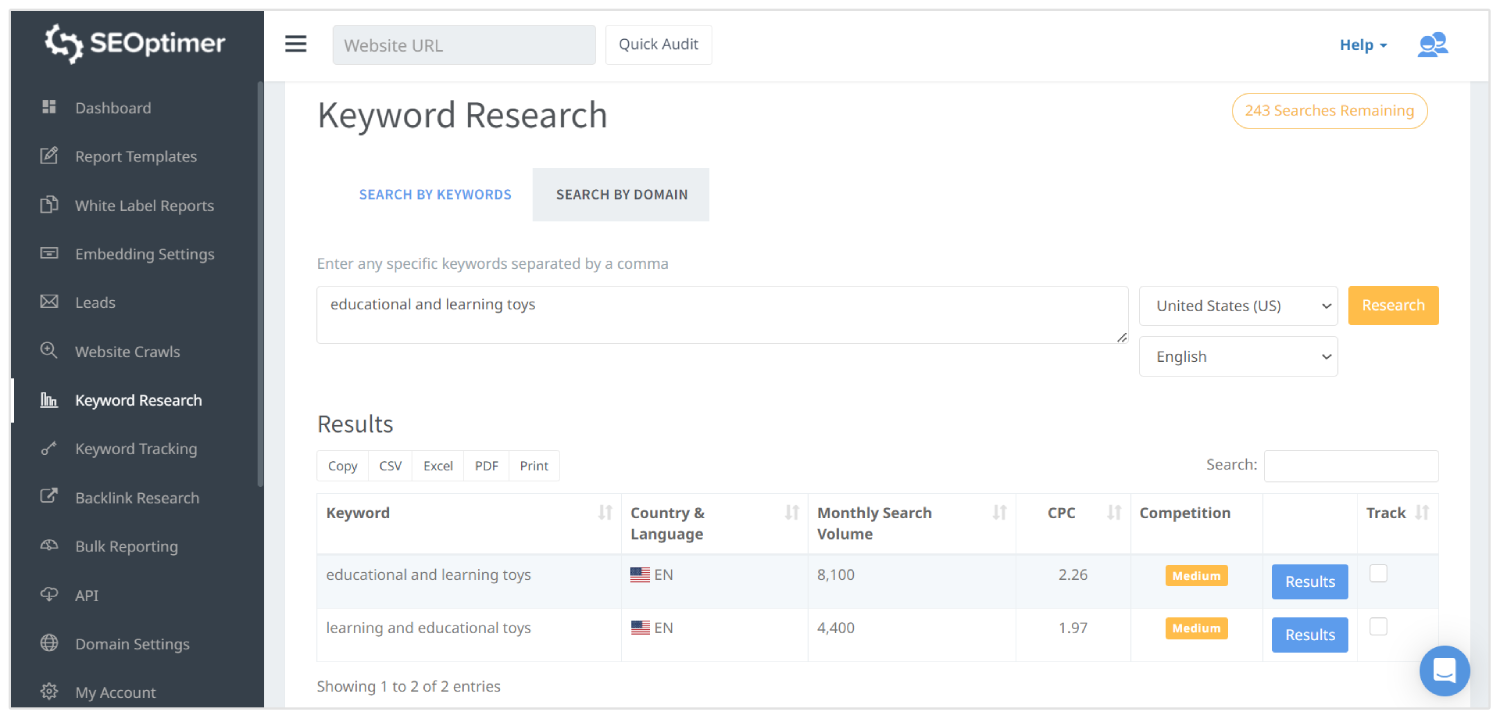
3. Use Google Sheets or Excel
Input the keyword data into a spreadsheet tool like Google Sheets or Excel for analysis.
Organize the data by keyword, MSV, CTR, and calculate the estimated organic traffic for each keyword.
Let's say you want to forecast potential traffic from multiple keywords related to healthy recipes.
You can compile a list of keywords with their respective MSV and estimated CTR:
| Keyword | Monthly Search Volume | CTR | Estimated Organic Traffic |
|---|---|---|---|
| healthy recipes | 10,000 | 5% | 500 |
| quick healthy recipes | 5,000 | 3% | 150 |
| easy healthy recipes | 7,000 | 4% | 280 |
So, if your website ranks well for the keyword "Healthy recipes" and achieves a 5% click-through rate, you can expect around 500 monthly organic visits from users searching for this term.
Performing TAM Analysis To Forecast SEO Traffic
Imagine you are running a website that helps young professionals do workouts at home. Figuring out who your audience is means understanding things like their age, interests, and what they like to do.
Once you’ve got a solid grasp on your buyer persona and demographics, you can calculate the Total Addressable Market (TAM).
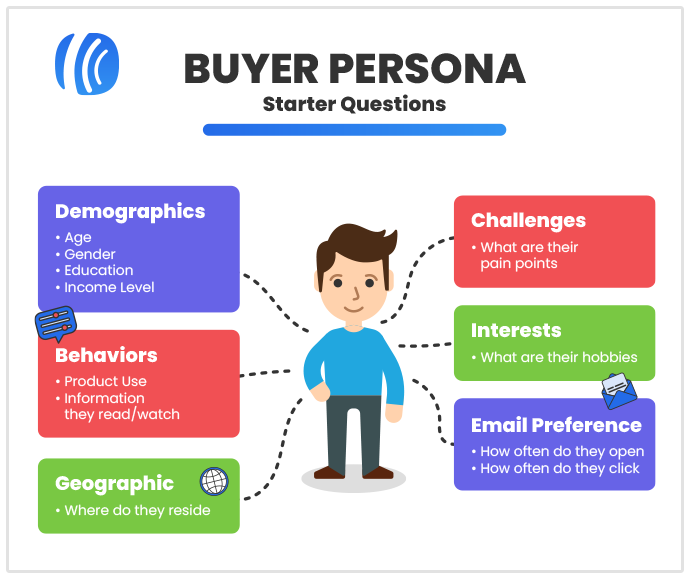
Determine the total population of your target audience. For example, let's say there are 50 million working professionals aged 25-35 in the United States.
Narrow down your TAM based on factors like fitness enthusiasts or those interested in home workouts. Let's assume this brings down your TAM to 10 million individuals.
1. Estimate SEO Potential
Research how many individuals might use search engines to find fitness-related content or workout routines. For example, if research suggests that 30% of your target audience searches for fitness-related topics online.
Apply this percentage to your TAM to estimate the number of individuals using organic search for fitness information.
In this case, it would be 10 million * 0.30 = 3 million potential organic search users.
2. Decide on Market Penetration
Market penetration refers to the percentage of potential customers or users within a target market that a business aims to capture or attract with its products or services.
When determining market penetration through SEO efforts, a company sets a specific target percentage of the potential organic search users it aims to attract to its platform. This percentage reflects the company's goals for gaining visibility and acquiring customers or users through search engine optimization strategies.
Determine what percentage of these potential organic search users you aim to attract to your platform through SEO efforts. Let's say you aim for a conservative 1% market penetration in the first year.
3. Set Growth Goals
To calculate the number of users you aim to attract through SEO efforts in the first year, you can multiply the total number of users you aim to attract by the percentage of users you expect to acquire through SEO.
Using the provided numbers:
Total users aimed to attract = 3,000,000 Percentage of users aimed to attract through SEO = 1% (or 0.01)
Now, let's calculate:
Number of users aimed to attract through SEO = Total users * Percentage of users through SEO = 3,000,000 * 0.01 = 30,000
So, your goal is to attract 30,000 users through SEO efforts in the first year.
Free SEO Forecast Templates
SEO forecasting templates predict and plan future performance and outcomes related to search engine optimization efforts.
These templates organize data and metrics related to various SEO factors, such as keyword rankings, website traffic, backlinks, and other relevant performance indicators.
Here are some free SEO forecasting templates that you can use for your analysis:
- SEO Forecasting Template by Tom Capper
- SEO Forecasting Worksheet by Adam Tanguay of Jordan Digital Marketing
- SEO Forecasting Template by Bertie Charlton
Conclusion
Estimating traffic and predicting keywords are pivotal in assessing the broader impact of SEO and projecting ROI.
Take the help of this beginner's guide to SEO forecasting to get a clear picture of your future SEO traffic.
Remember to save all the data in Excel sheets and prepare extra copies to avoid losing data.
Frequently Asked Questions
Which is the best method for predicting organic growth traffic?
No single method can guarantee absolute accuracy in predicting results. Organic growth is inherently unpredictable, influenced by factors like market dynamics, consumer behavior, industry trends, and the competitive landscape.
How often should SEO forecasting be conducted?
SEO forecasting should be conducted regularly to monitor changes in search engine algorithms, market dynamics, and competitor strategies. Forecasts should be reviewed and updated quarterly to ensure alignment with evolving trends and objectives.
What metrics should businesses track to evaluate SEO forecasting accuracy?
Businesses should track organic traffic, search engine rankings, Click-Through Rates, and conversion rates to evaluate the accuracy of SEO forecasting. Comparing forecasted values with actual performance metrics provides insights into forecasting models' effectiveness and helps identify areas for improvement.










